Milky waters around Gueishan Island are acidic and populated with special type of bacteria, says Associate Professor Yu-Shih Lin
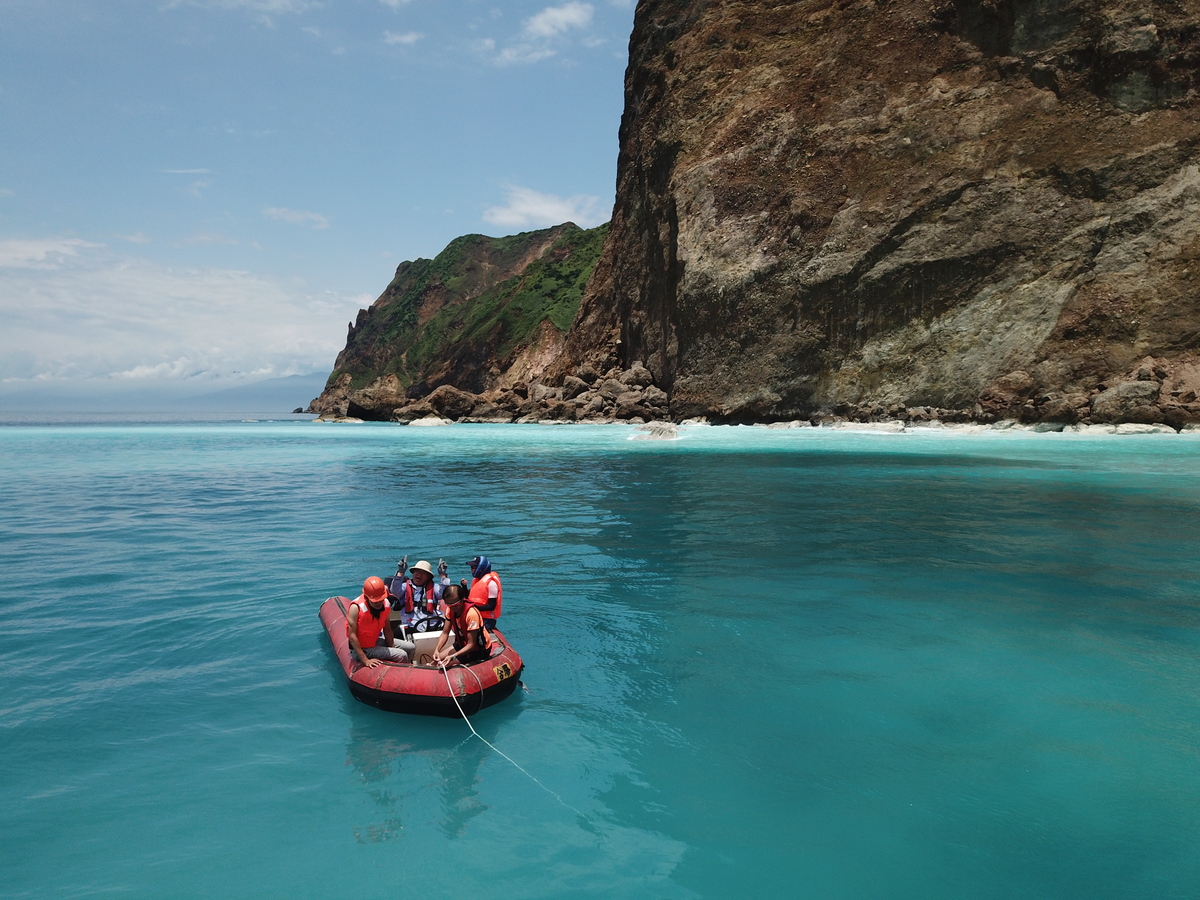
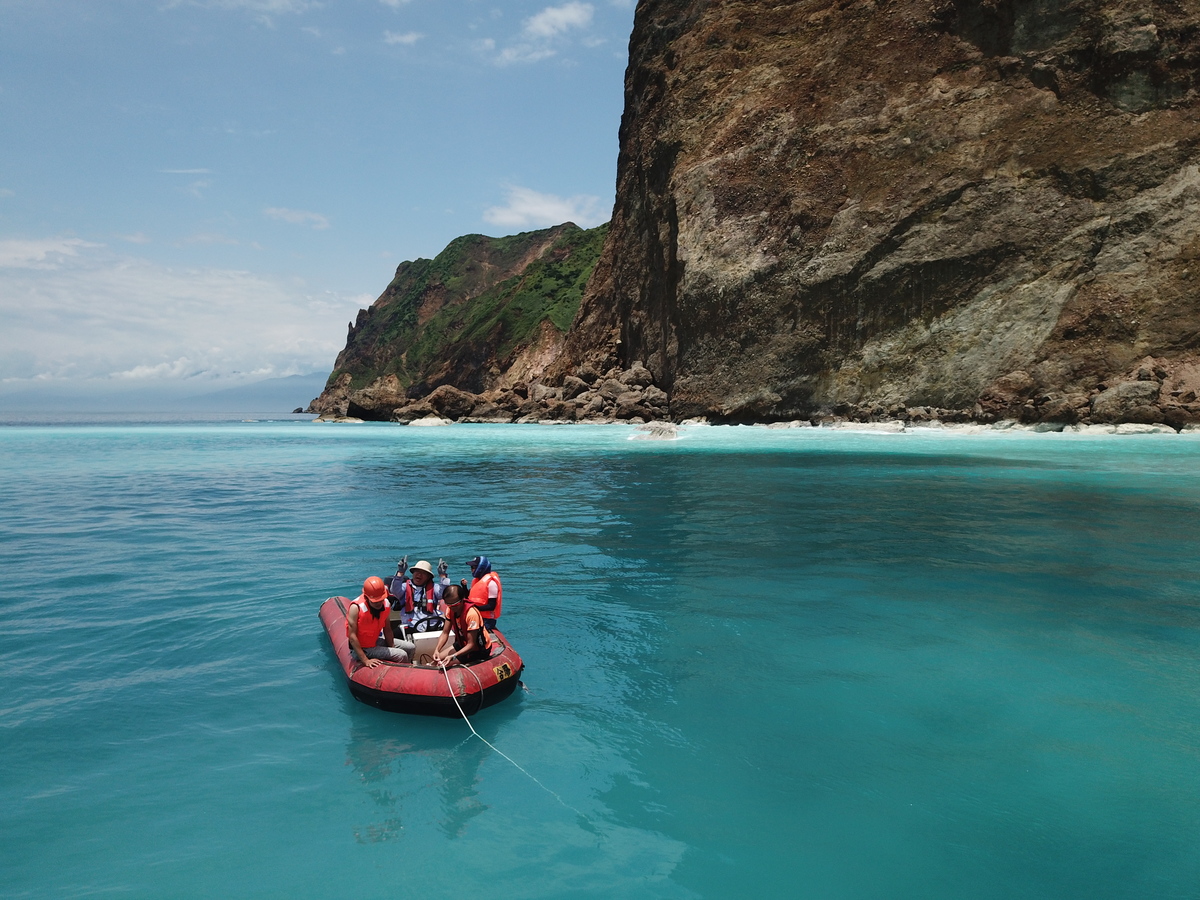
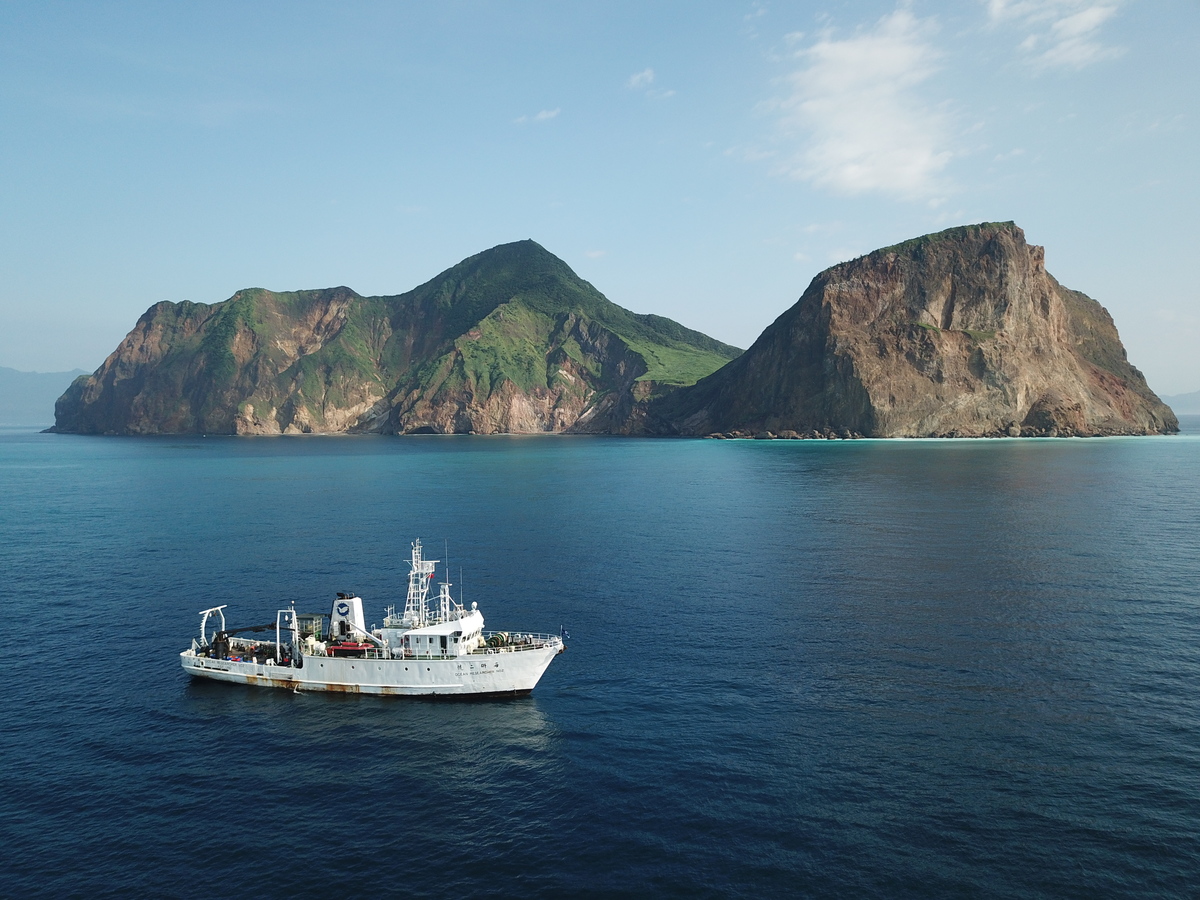
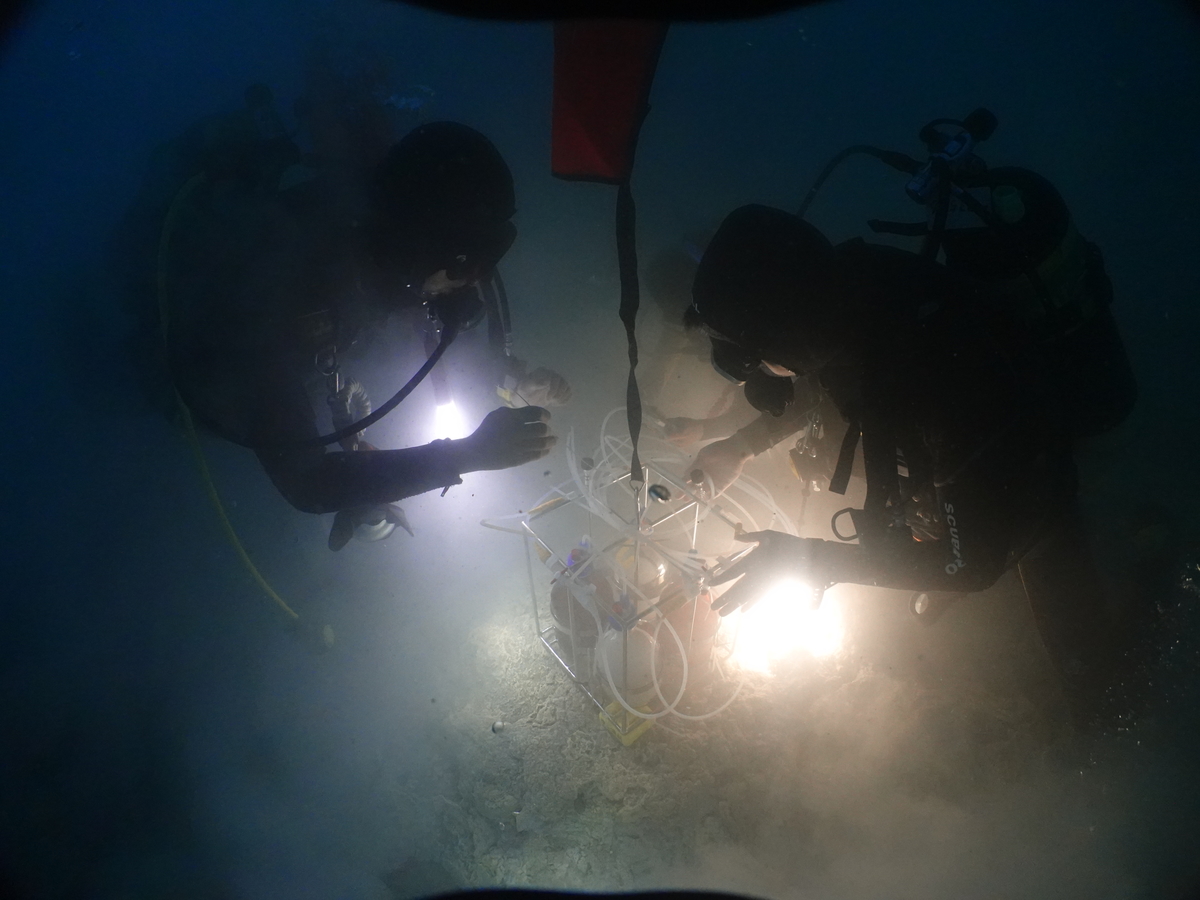
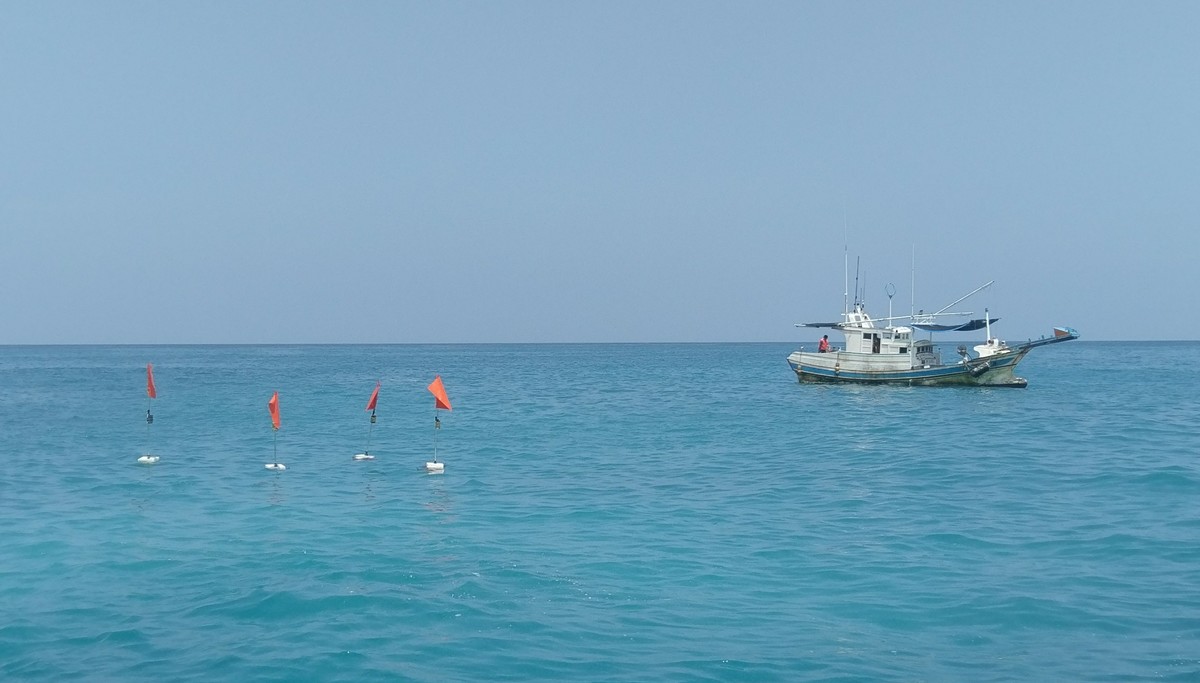
The milk-colored sea around Gueishan Island in Ilan County has recently attracted lots of tourists, who come by ferry to see this wonder of nature, try diving and paddleboarding. Associate Professor Yu-Shih Lin of the Department of Oceanography at National Sun Yat-sen University warned that the “milky sea” is more acidic than regular seawater, and may have the effect of fruit acid peeling if you stay there for too long.
The underground springs gushing under the surface give the waters around the “head” of the turtle-shaped island a characteristic milky color mixed with cobalt blue, Egyptian blue, Prussian and Tiffany blue of the ocean, where deep and shallow waters intertwine, creating a dreamy landscape. Lin shared a post on the Facebook fanpage of the Oceanographic Society of the Republic of China saying that recently, the milky sea around Gueishan Island made the island a popular tourist spot and lively videos on the internet brought it even more fame, much more than the years of scientists’ efforts on the island!
She explained that the “milky sea” effect is due to underground springs and that strictly speaking, we shouldn’t call it “milky sea” but “yogurt sea”. She said that sea waters are normally alkaline, with pH around 8, while, according to research, the pH of the waters surrounding Gueishan Island is 6, slightly lower than the pH of milk, and the pH of the spring waters can be as low as 1.5. Thus, if you bathe in the “milky sea” for too long, the water will act as fruit acid peeling on your skin.
How come coral reef still survives in such acidic environment? Lin explained that the answer lies in the hydrodynamics of the hot springs. The hot springs gush from the vent and flow up to the surface while getting replaced by the surrounding waters. This movement of water, accompanied by the gas bubbles coming out with the springs, causes the density of gushing springs to be relatively low, the acidic spring waters to concentrate on the surface, and the surrounding waters to flow to the bottom. This is why the pH of the bottom waters of the “milky sea” is comparable to the usual seawater pH, allowing the coral reef to grow at a certain distance from the springs.
She emphasized the importance of the water flow to the famous species of the Gueishan Island – the hydrothermal crab Xenograpsus testudinatus, which lives by the springs. People say that the hydrothermal crab is resistant to hot temperatures, but in reality, the temperature of the water at the vent orifice is already much lower than of the springs themselves (of about 100°C).
The complex flow field is another interesting phenomenon in the “milky sea”. A fisherman had once said that in the past ten or more years, he couldn’t fathom the sea currents around Gueishan Island. “The “milky sea” faces the open ocean, and its surface flow speed can reach 70 cm/s, said Lin. “Swimmers need to be careful not to be taken away by the current to the Ishigaki Island of the Okinawa archipelago!” This is definitely an exaggeration – if the current is that strong, wouldn’t it quickly wash away the “milky sea”? Lin explained that although the current speed by Gueishan Island is strong, its tidal variation is large. More importantly, 5-6 eddies of 1-2 m in diameter form per day, swirling for 1 to 2 hours. Because their rotation speed is rather slow, they are imperceptible to swimmers. She said that the “milky sea” is not washed away because of these eddies, which also form beautiful patterns.
Recently, scientists have discovered that the “milky sea” is home to a specific type of bacteria. Scientists used the stable isotope technology to measure the carbon fixation rate of the “milky sea” and discovered that even without sunlight, the “milky sea” can very effectively absorb carbon dioxide. The job is done by a special type of bacteria living in hot springs environment, not by photosynthesizing algae, as in regular seawater. It is highly probable that these bacteria conduct chemical carbon fixation, using the sulfur present in hot springs and the oxygen of the sea waters. It is also probable that these bacteria are the primary producers supporting this hot spring ecosystem.
Watch the professional video showing how researchers-divers conduct research in the shallow waters of the “milky sea” (video provided by Island Divers): https://www.facebook.com/islander.taiwan/videos/2348689525407127/
Note:
Article on the Facebook fanpage of the Oceanographic Society of the Republic of China by Associate Professor Yu-Shih Lin of the Department of Oceanography:
https://www.facebook.com/permalink.php?story_fbid=781349955740859&id=216590058883521
The underground springs gushing under the surface give the waters around the “head” of the turtle-shaped island a characteristic milky color mixed with cobalt blue, Egyptian blue, Prussian and Tiffany blue of the ocean, where deep and shallow waters intertwine, creating a dreamy landscape. Lin shared a post on the Facebook fanpage of the Oceanographic Society of the Republic of China saying that recently, the milky sea around Gueishan Island made the island a popular tourist spot and lively videos on the internet brought it even more fame, much more than the years of scientists’ efforts on the island!
She explained that the “milky sea” effect is due to underground springs and that strictly speaking, we shouldn’t call it “milky sea” but “yogurt sea”. She said that sea waters are normally alkaline, with pH around 8, while, according to research, the pH of the waters surrounding Gueishan Island is 6, slightly lower than the pH of milk, and the pH of the spring waters can be as low as 1.5. Thus, if you bathe in the “milky sea” for too long, the water will act as fruit acid peeling on your skin.
How come coral reef still survives in such acidic environment? Lin explained that the answer lies in the hydrodynamics of the hot springs. The hot springs gush from the vent and flow up to the surface while getting replaced by the surrounding waters. This movement of water, accompanied by the gas bubbles coming out with the springs, causes the density of gushing springs to be relatively low, the acidic spring waters to concentrate on the surface, and the surrounding waters to flow to the bottom. This is why the pH of the bottom waters of the “milky sea” is comparable to the usual seawater pH, allowing the coral reef to grow at a certain distance from the springs.
She emphasized the importance of the water flow to the famous species of the Gueishan Island – the hydrothermal crab Xenograpsus testudinatus, which lives by the springs. People say that the hydrothermal crab is resistant to hot temperatures, but in reality, the temperature of the water at the vent orifice is already much lower than of the springs themselves (of about 100°C).
The complex flow field is another interesting phenomenon in the “milky sea”. A fisherman had once said that in the past ten or more years, he couldn’t fathom the sea currents around Gueishan Island. “The “milky sea” faces the open ocean, and its surface flow speed can reach 70 cm/s, said Lin. “Swimmers need to be careful not to be taken away by the current to the Ishigaki Island of the Okinawa archipelago!” This is definitely an exaggeration – if the current is that strong, wouldn’t it quickly wash away the “milky sea”? Lin explained that although the current speed by Gueishan Island is strong, its tidal variation is large. More importantly, 5-6 eddies of 1-2 m in diameter form per day, swirling for 1 to 2 hours. Because their rotation speed is rather slow, they are imperceptible to swimmers. She said that the “milky sea” is not washed away because of these eddies, which also form beautiful patterns.
Recently, scientists have discovered that the “milky sea” is home to a specific type of bacteria. Scientists used the stable isotope technology to measure the carbon fixation rate of the “milky sea” and discovered that even without sunlight, the “milky sea” can very effectively absorb carbon dioxide. The job is done by a special type of bacteria living in hot springs environment, not by photosynthesizing algae, as in regular seawater. It is highly probable that these bacteria conduct chemical carbon fixation, using the sulfur present in hot springs and the oxygen of the sea waters. It is also probable that these bacteria are the primary producers supporting this hot spring ecosystem.
Watch the professional video showing how researchers-divers conduct research in the shallow waters of the “milky sea” (video provided by Island Divers): https://www.facebook.com/islander.taiwan/videos/2348689525407127/
Note:
Article on the Facebook fanpage of the Oceanographic Society of the Republic of China by Associate Professor Yu-Shih Lin of the Department of Oceanography:
https://www.facebook.com/permalink.php?story_fbid=781349955740859&id=216590058883521
Click Num:
Share
